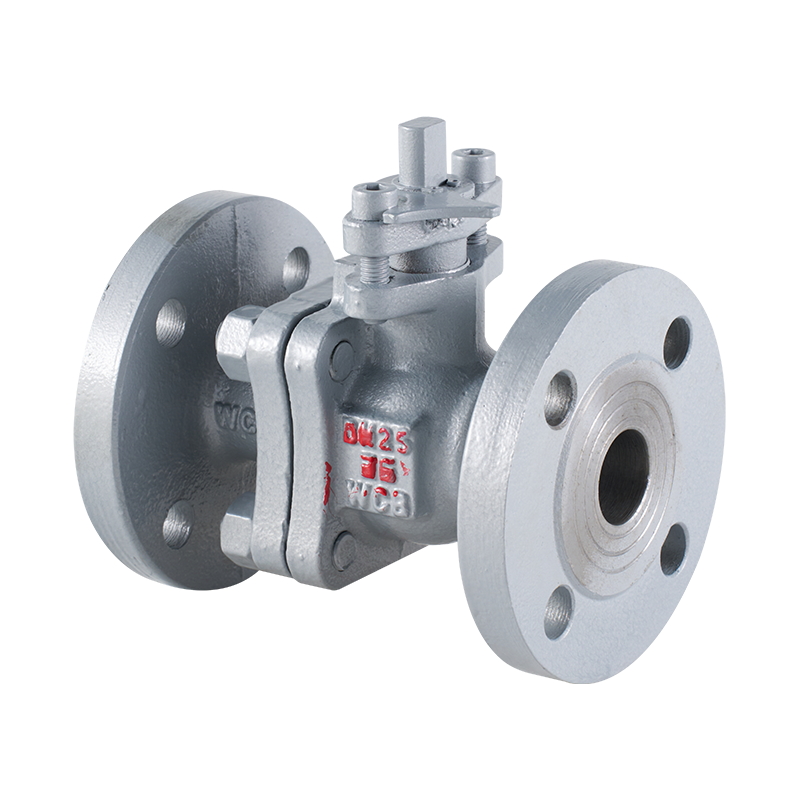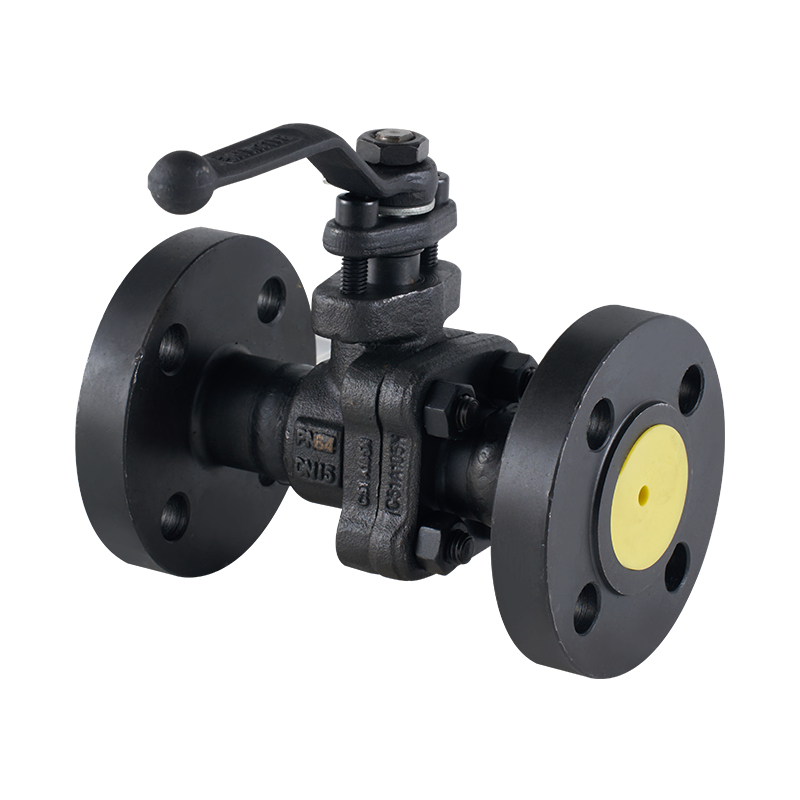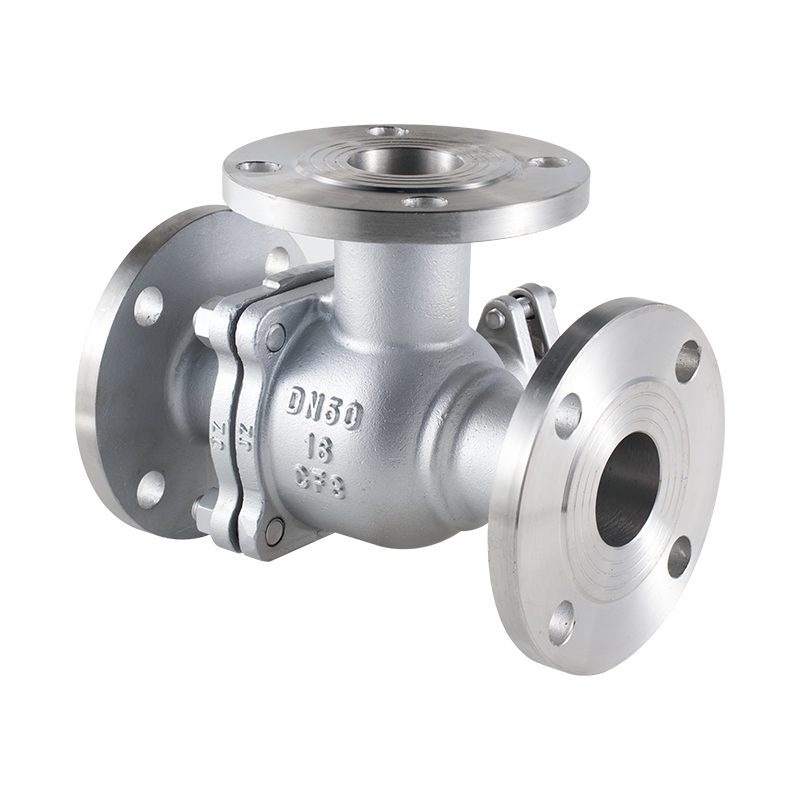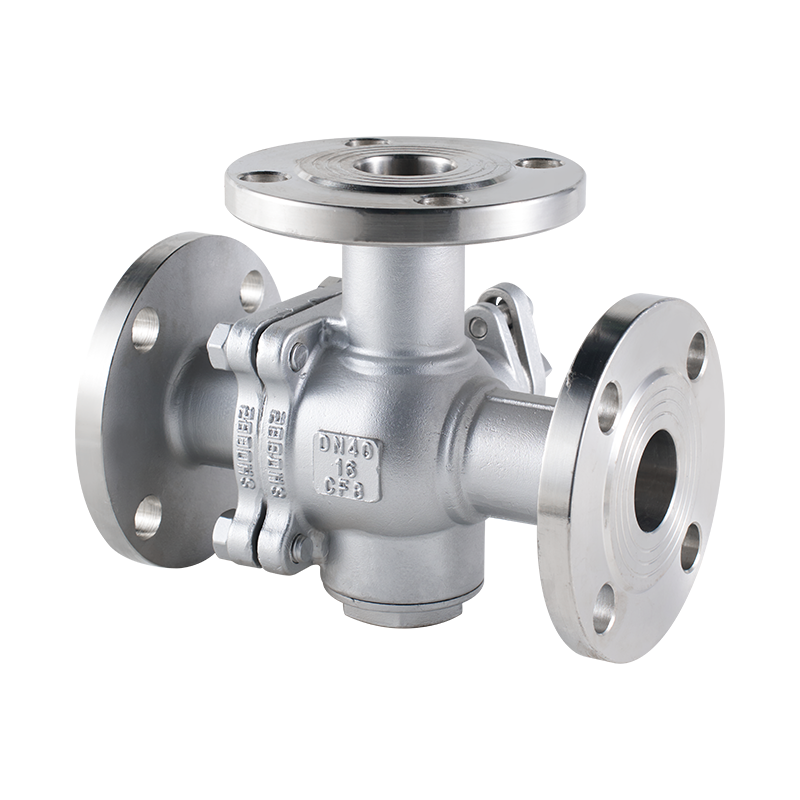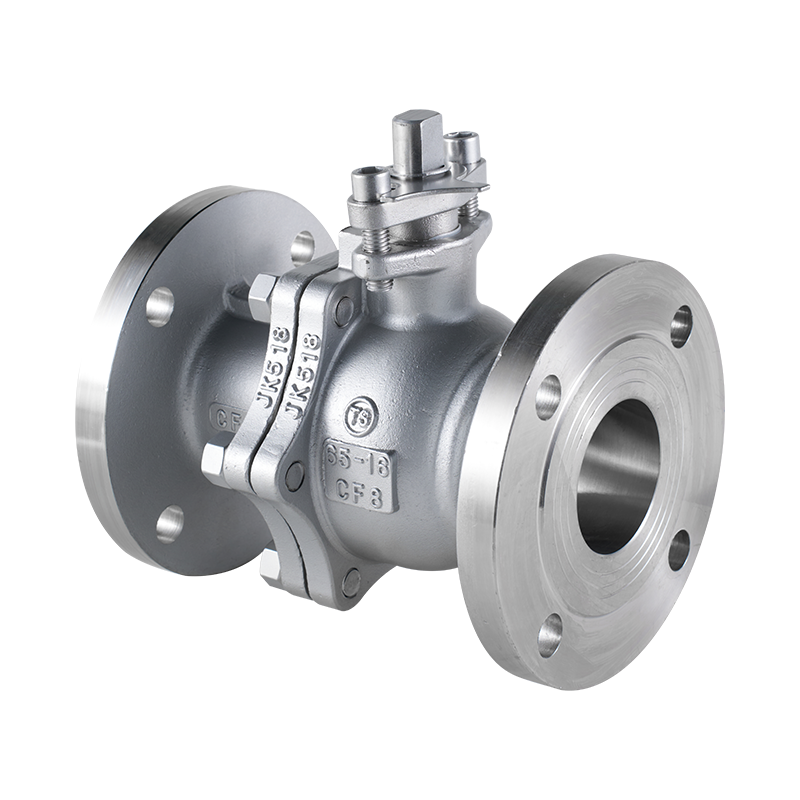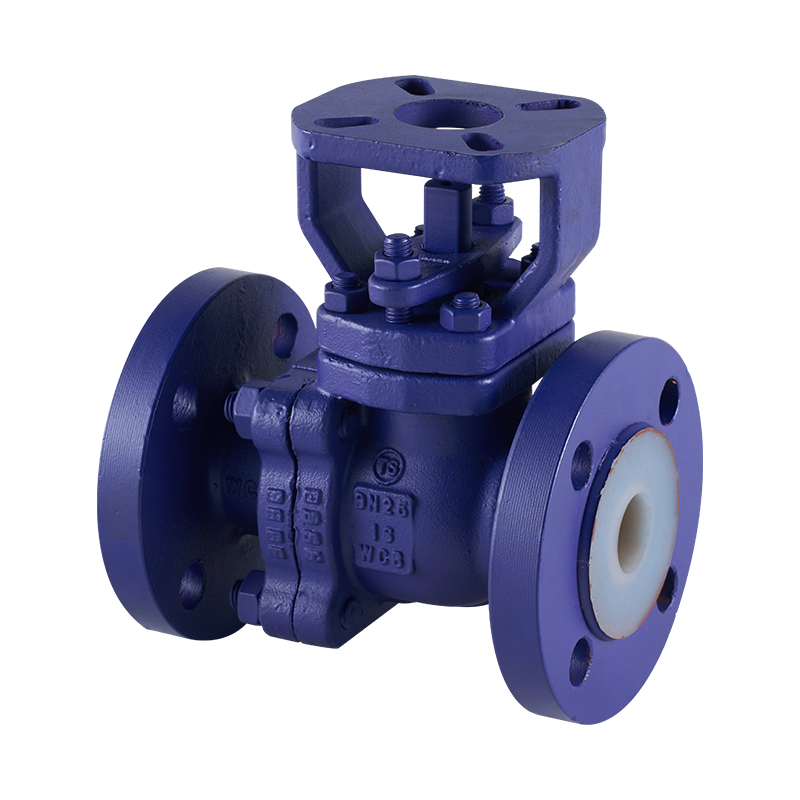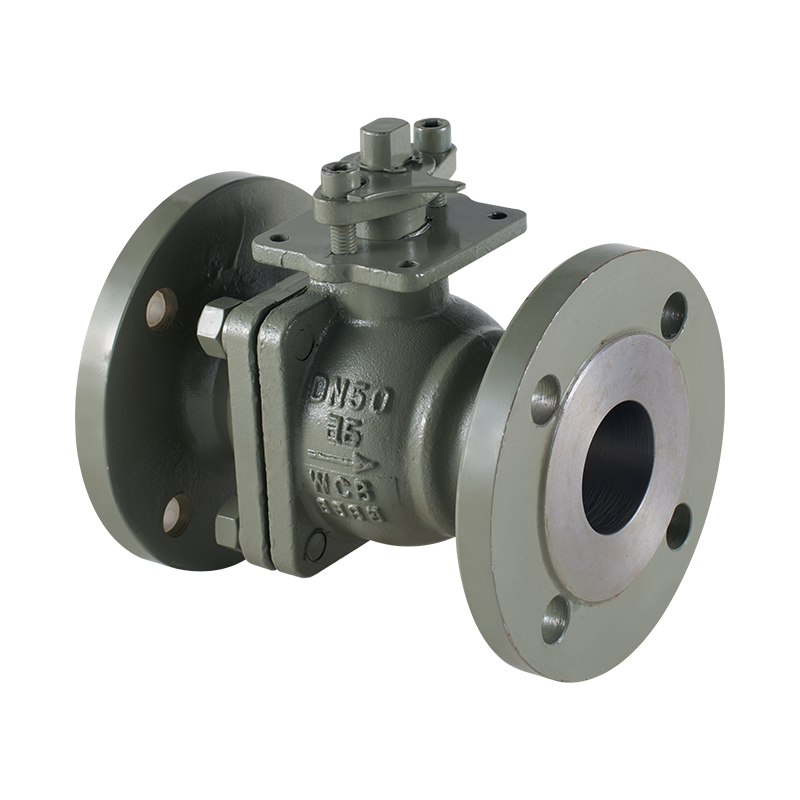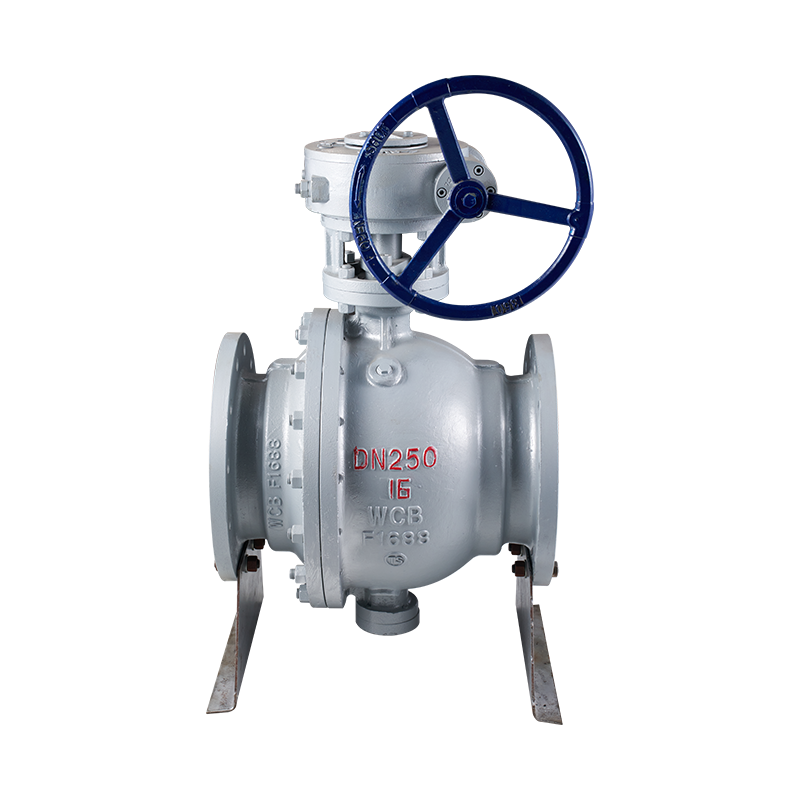The High Pressure Industrial Floating Ball Check Valve is a widely used component in industrial piping systems where controlling the direction of fluid flow is critical. These valves are designed to allow fluid to flow in one direction while preventing backflow, which can cause damage to equipment, reduce efficiency, or contaminate the system. The unique design and material composition of the High Pressure Industrial Floating Ball Check Valve make it suitable for handling high pressures and harsh operating conditions. However, like all industrial equipment, it comes with both advantages and disadvantages. This article provides a balanced, realistic view of the benefits and limitations of the High Pressure Industrial Floating Ball Check Valve.
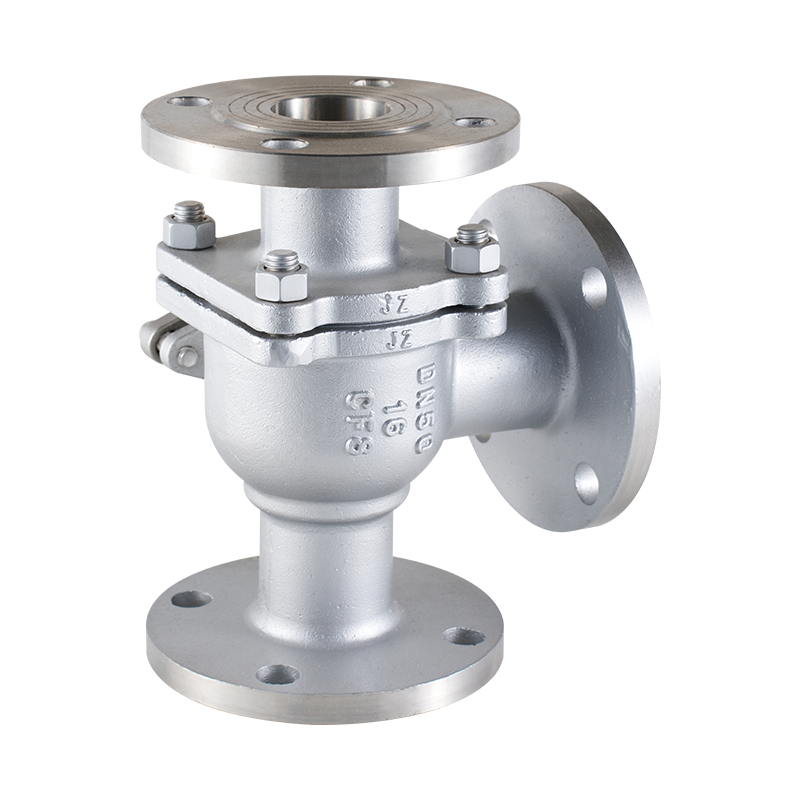
One of the primary advantages of the High Pressure Industrial Floating Ball Check Valve is its effective prevention of backflow. The floating ball inside the valve moves freely within the valve body and seals tightly against the seat when flow reverses. This design ensures a tight shutoff, the risk of reverse flow, which is essential in high-pressure industrial applications such as oil and gas pipelines, chemical processing, and power plants.
Simple and Robust Design
The High Pressure Industrial Floating Ball Check Valve has a relatively simple internal structure, consisting mainly of the valve body, the ball, and the seat. This simplicity reduces the likelihood of mechanical failure and makes the valve easy to maintain and repair. The fewer moving parts a valve has, the less chance there is for malfunction, making the High Pressure Industrial Floating Ball Check Valve a durable and dependable choice in demanding environments.
High Pressure Handling Capability
As the name suggests, the High Pressure Industrial Floating Ball Check Valve is specifically designed to handle high-pressure fluids without compromising performance. The valve body is typically made from strong materials such as stainless steel or carbon steel, which provide resistance to pressure-induced stress and corrosion. This makes the valve suitable for a wide range of industrial applications where pressures can reach several hundred bar.
Versatile Application Range
The High Pressure Industrial Floating Ball Check Valve can be used in various industries and for different types of fluids, including gases, liquids, and steam. Its ability to withstand high pressure, combined with material versatility, means it can be applied in chemical plants, refineries, water treatment facilities, and many other sectors.
One of the notable disadvantages of the High Pressure Industrial Floating Ball Check Valve is the potential to cause water hammer—a pressure surge that occurs when fluid flow suddenly stops or changes direction. Because the floating ball moves quickly to close the valve, the sudden stoppage of fluid can create pressure spikes that may damage pipelines, fittings, or other equipment downstream. Proper system design and the inclusion of water hammer arrestors may be necessary to mitigate this risk.
Sensitivity to Flow Conditions
The operation of the High Pressure Industrial Floating Ball Check Valve depends largely on fluid flow conditions. At low flow rates, the ball may not seat properly, bring about incomplete sealing and potential leakage. Conversely, high flow velocities can cause excessive wear on the ball and seat, shortening the valve's service life. Careful selection of valve size and operating parameters is essential to ensure performance.
Limited Use in Slurry or Dirty Fluids
The design of the High Pressure Industrial Floating Ball Check Valve makes it less suitable for fluids containing solid particles or slurries. Debris can become trapped between the ball and the seat, preventing the valve from sealing completely and resulting in leaks or valve failure. In applications where fluids contain suspended solids, alternative valve designs may be more appropriate.
Not Suitable for Throttling
The High Pressure Industrial Floating Ball Check Valve is intended for on/off flow control rather than throttling. Attempting to regulate flow by partially opening the valve can bring about turbulence, vibration, and accelerated wear on internal components. For flow control purposes, other valve types like globe or butterfly valves are better suited.

 English
English 中文简体
中文简体


